
Ancient Celebrations of the Winter Solstice
The Winter Solstice, an important moment in the annual cycle, marks the shortest day and longest night of the year. This event, occurring around December 21st in the Northern Hemisphere, has been a central celebration in the history of various cultures, each with its unique customs and rituals.
Ancient European Celebrations
Roman Saturnalia
The Roman festival of Saturnalia, held in honor of Saturn, the god of agriculture, marked the Winter Solstice in Roman. This week-long celebration, originating around 217 BCE, brought together families and communities to indulge in feasting, gift-giving, and fun. Slaves and masters would temporarily switch roles during this time, promoting equality and social harmony. The festival symbolized the turning of the agricultural year, encouraging hope for a bountiful spring.

Celtic Solstice
The Celtic peoples, from regions of modern-day Ireland, Scotland, and Wales, also celebrated Winter Solstice. Winter Solstice was a time of great significance. During this time, the Celts would light sacred fires and decorate their homes with evergreen branches, symbolizing life’s continuity during the harsh winter months. These celebrations inspired the clash between the Oak King and the Holly King we see in modern Paganism, where the Holly King reigns during winter and the Oak King in summer.
Norse Yule
The Norse people held their own version of Yule, known for its rich traditions and historical context. The festival spanned several weeks, starting with the Winter Solstice and lasting through the new year. The centerpiece of Norse Yule was the Yule log, a massive log burned in honor of the god Thor, which symbolized the return of the sun. Feasting, gift-giving, and the decoration of evergreen trees were also important parts of the celebration.
Ancient Celebrations in Asia
Chinese Dongzhi Festival
In China, the Dongzhi Festival, often referred to as the Winter Solstice Festival, has deep historical roots. This festival is a time for families to gather and celebrate the increase of positive energy as the days grow longer. Traditional foods like tangyuan (sweet glutinous rice balls) are prepared to symbolize unity and family togetherness. The Dongzhi Festival aligns with the concept of balance and harmony within the universe, emphasizing the return of yang, the positive energy, as the days start to lengthen.
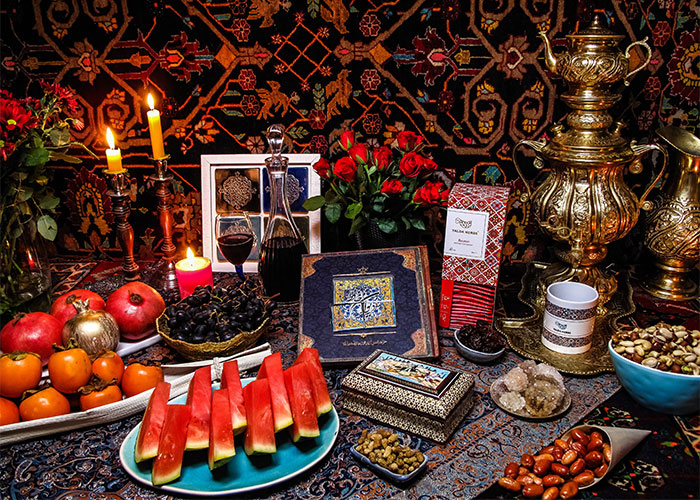
Persian Yalda Night
Yalda Night, a significant Persian celebration, is observed during the Winter Solstice. It marks the rebirth of the sun and the triumph of light over darkness. Families come together on this night to read poetry, share stories, and consume sacred foods like pomegranates and watermelon. Pomegranates, with their red seeds, symbolize the light and goodness that conquer the darkness.
North American Indigenous Winter Solstice Celebrations
Various indigenous cultures across North America have their own unique traditions surrounding the Winter Solstice. The Inuit people, for instance, celebrate sun festivals, embracing the return of the sun and the promise of warmer days ahead. These celebrations often involve storytelling, drumming, and dance, emphasizing the deep connection to nature and spirituality.
While the customs and practices of Winter Solstice celebrations varied greatly among ancient cultures, common themes emerge. The Winter Solstice universally symbolizes hope, rebirth, and the triumph of light over darkness.
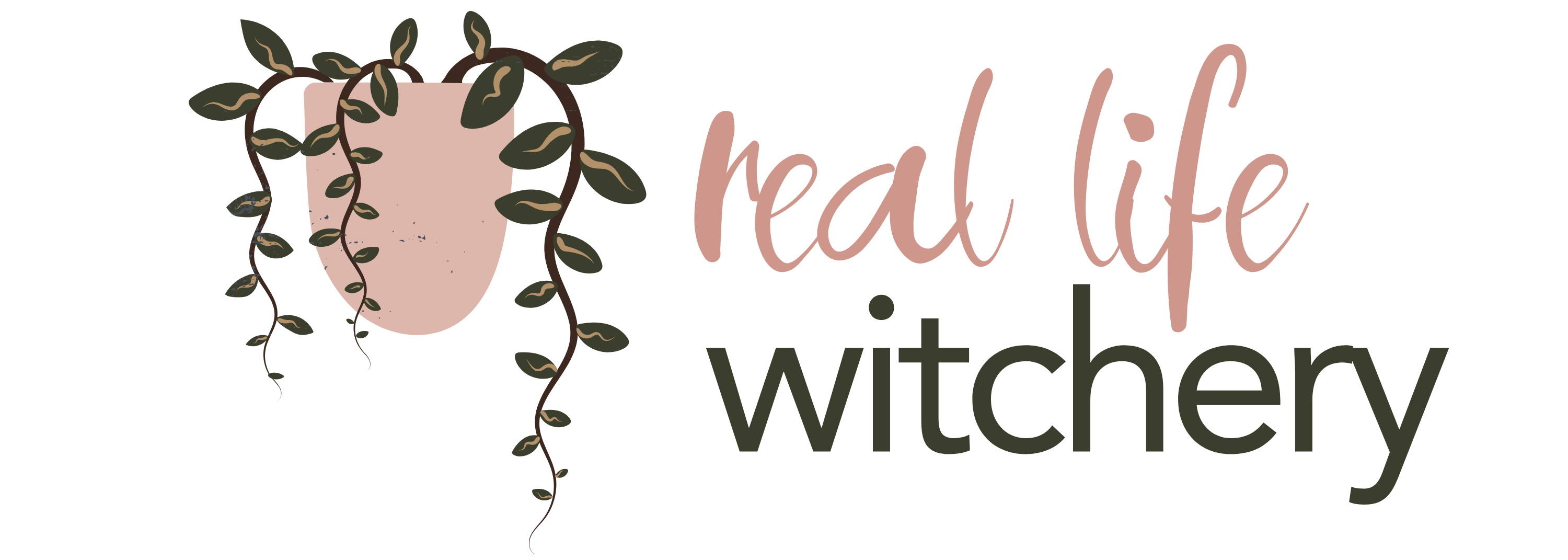
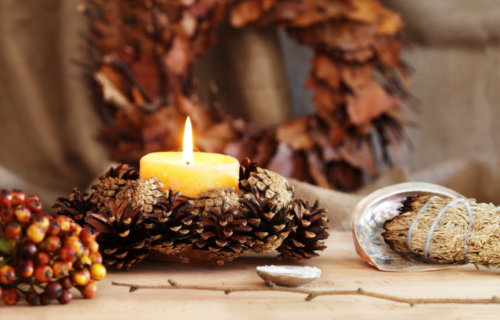
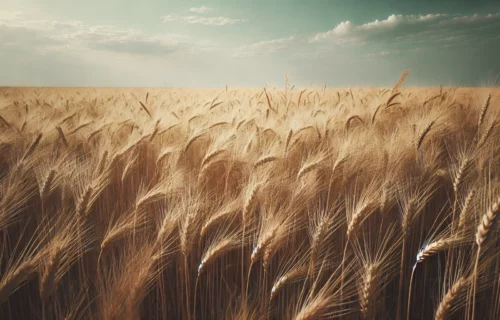
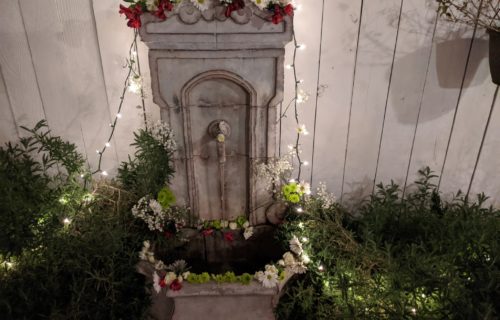
Add A Comment